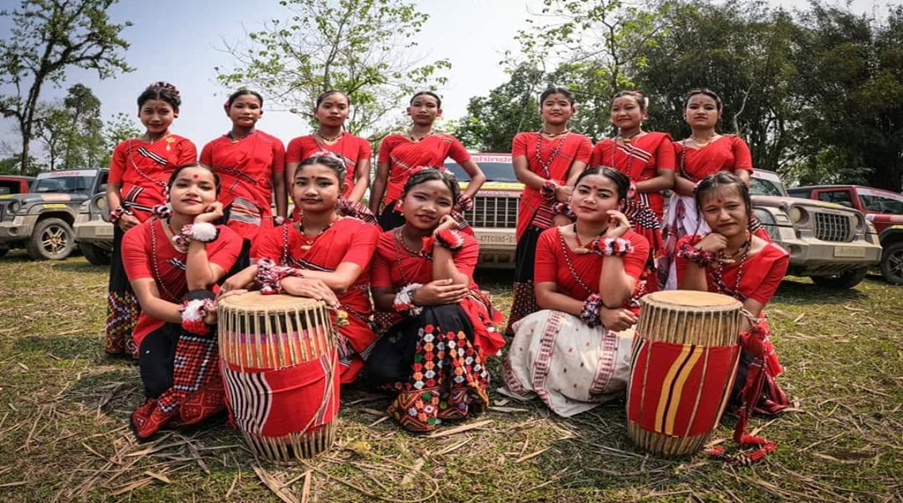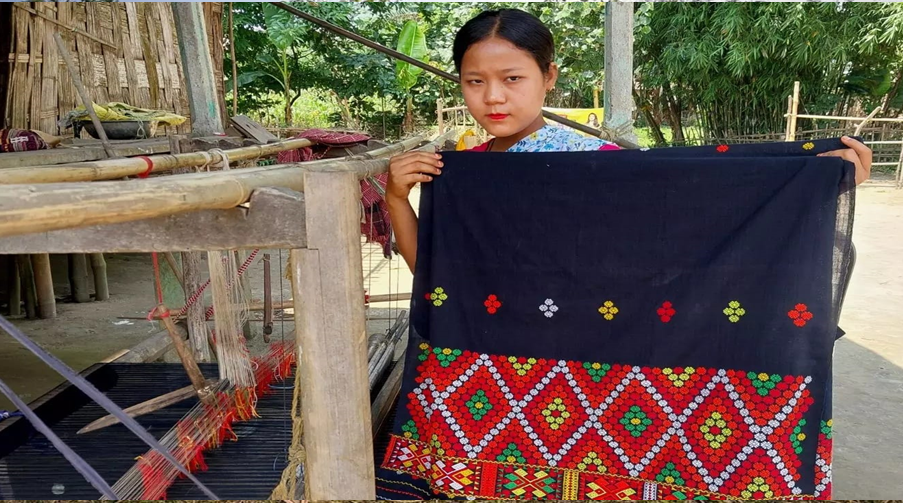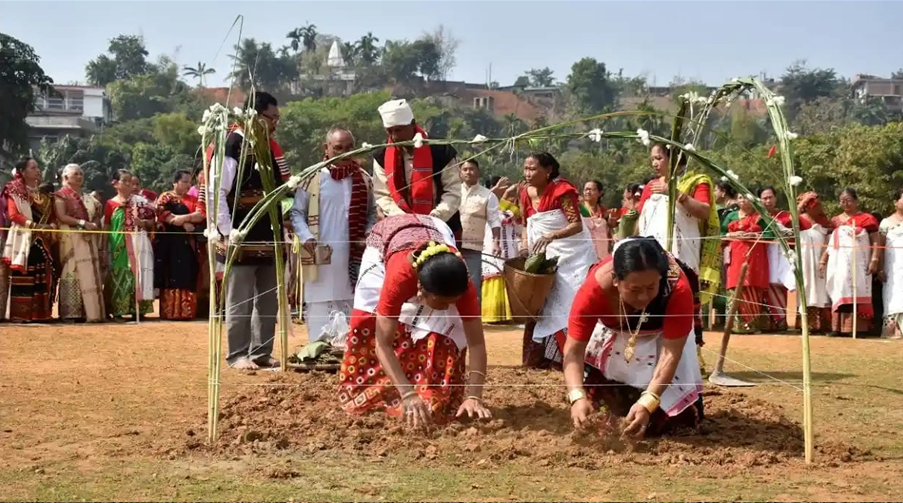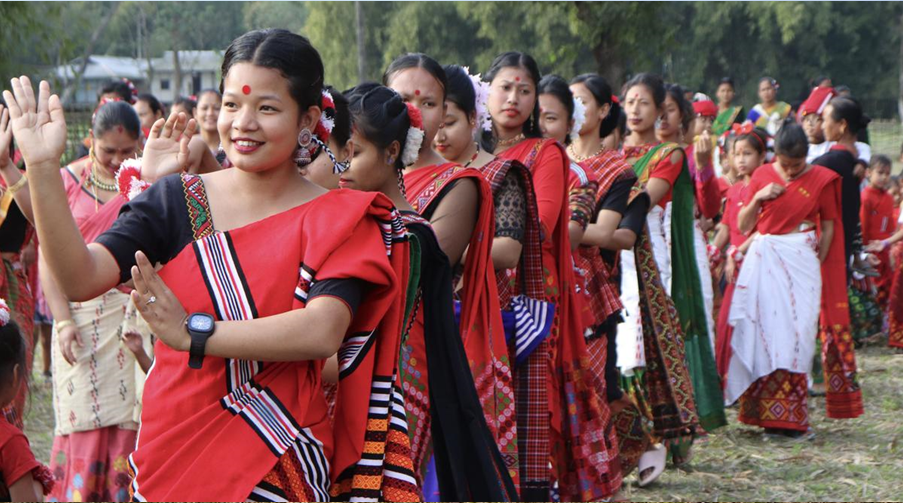Population and Habitation
The Mising population in Assam is estimated to be around 700,000 (7 lacs), while in Arunachal Pradesh, it is approximately 30,000. In Assam, the Mising people predominantly inhabit various districts, including Dhemaji, Lakhimpur, Sonitpur, Golaghat, Jorhat, Sibsagar, Dibrugarh, and Tinsukia. Their settlements are primarily located along the banks of rivers, which have historically served as important lifelines for transportation, agriculture, and livelihood activities.
The distribution of Mising habitation across these districts reflects their historical migration patterns and the geographical features of the region. Rivers not only provide fertile land for agriculture but also support fishing activities, which are integral to the traditional way of life for the Mising people. Additionally, proximity to rivers facilitates transportation and trade, contributing to the economic and social dynamics of Mising communities in Assam.





